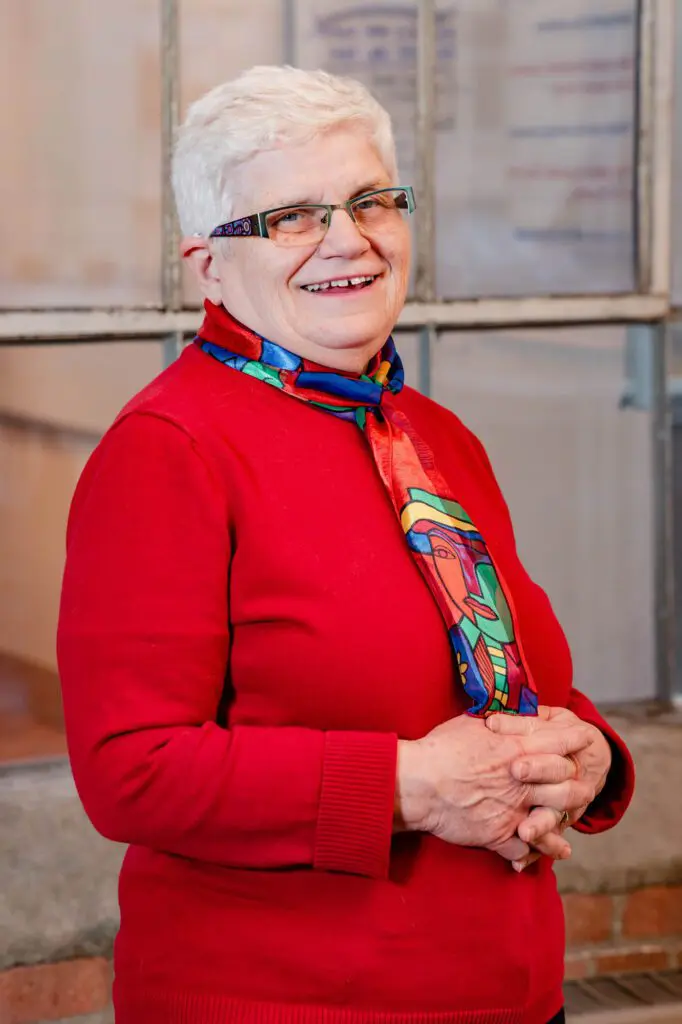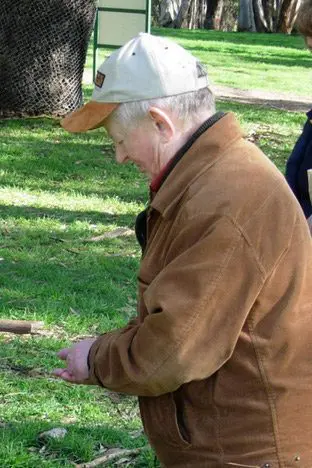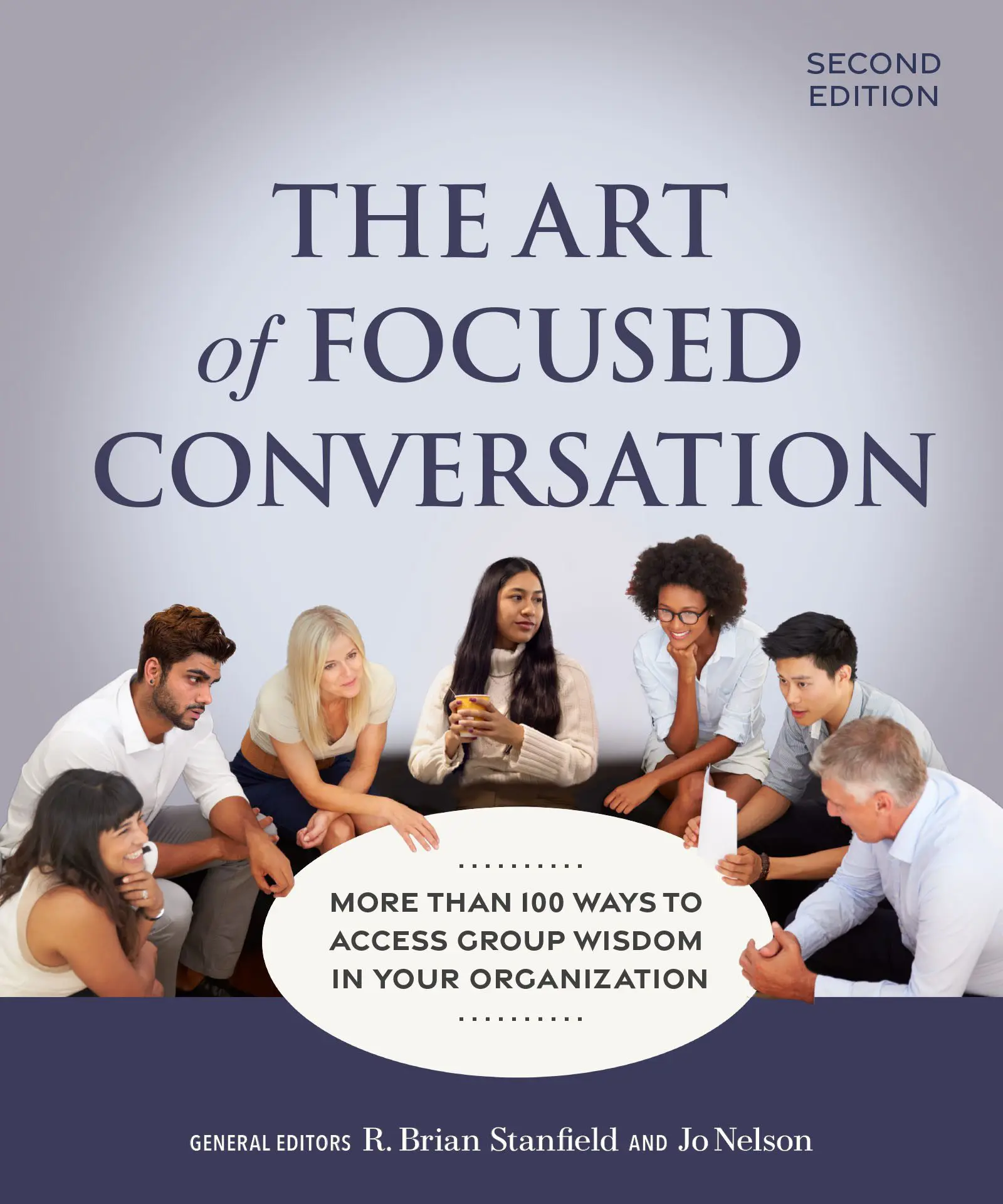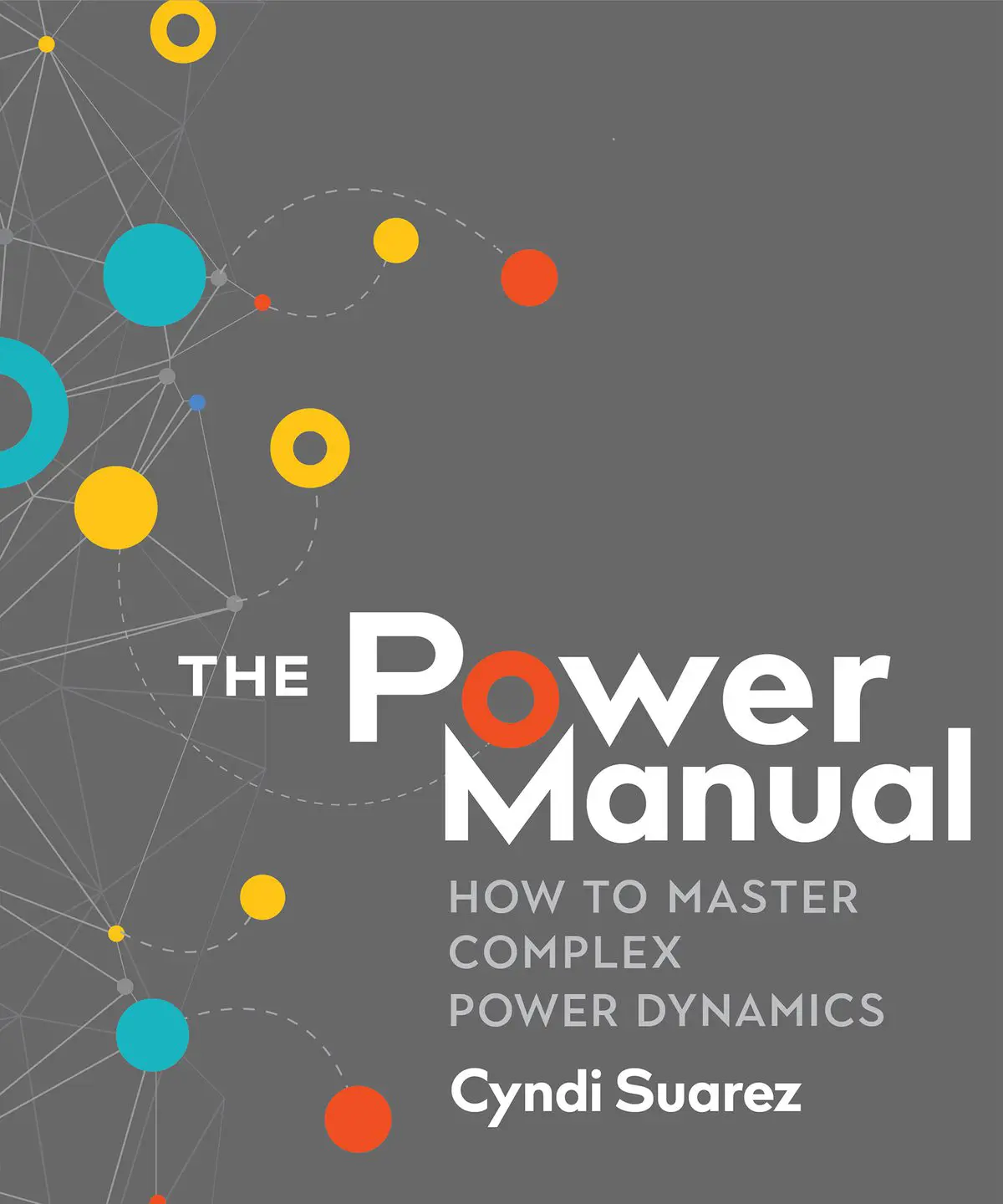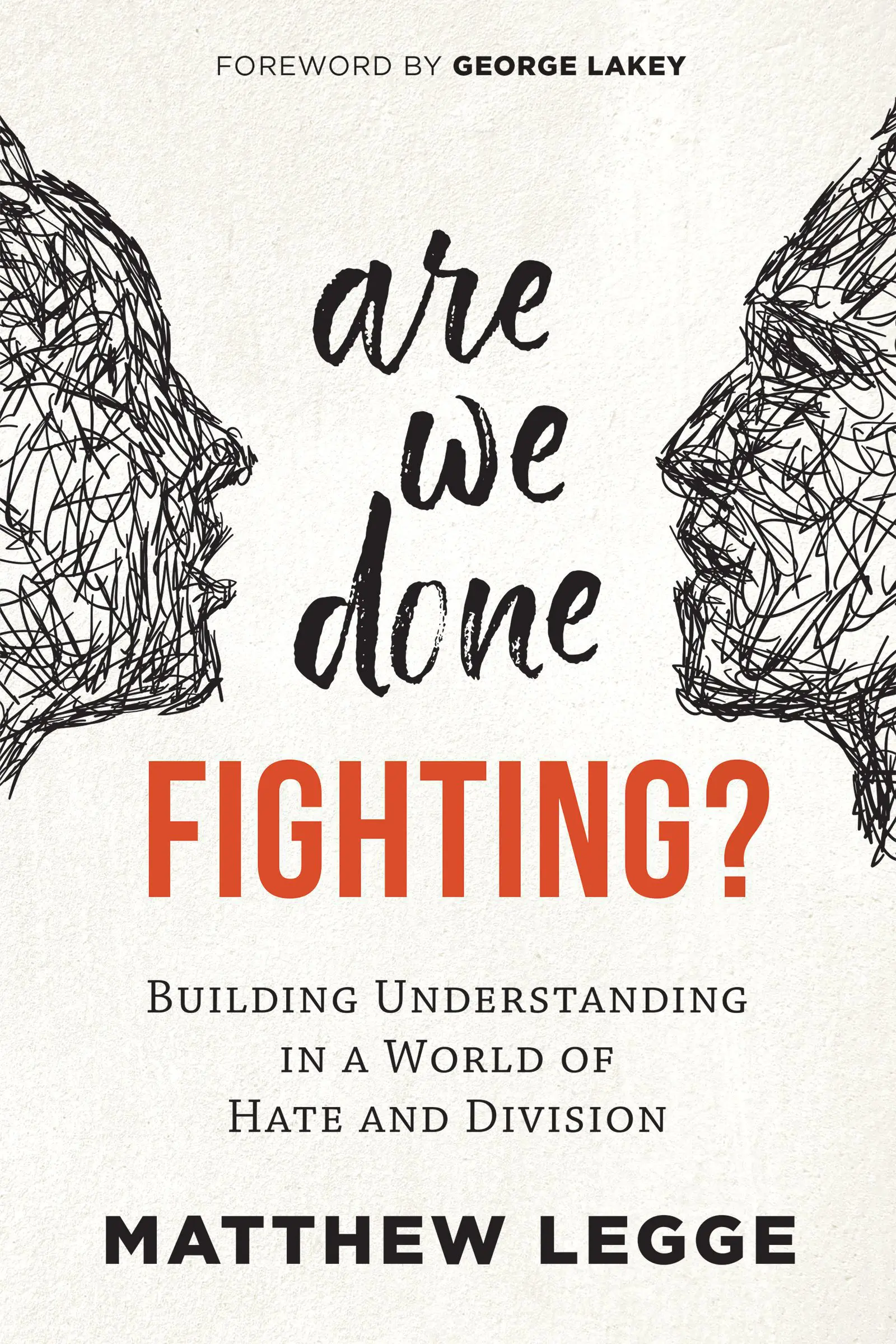
For many years, Jo Nelson has been teaching and refining the Focused Conversation method. In her book The Art of Focused Conversation, Second Edition, co-written with R. Brian Stanfield, she shares a comprehensive understanding of the Focused Conversation method and how to use it, as well as templates in the form of sample conversations for organizations and the people who lead and work in them.
To better understand some of the techniques and conservation methods discussed in the book, we asked Jo a series of questions.
What strategies does your book offer for guiding a group through complex topics to arrive at well-considered decisions?
The Focused Conversation method is a simple yet profound process built on both academic research and applied active research from around the world. It follows the brain’s natural thinking process from surface observations to reactions, insights, and decisions. Asking open-ended questions of a group throughout the process allows space for each member’s experience and insights at each level, to help explore complex topics.
In what ways can the insights from your book be applied to engage employees or team members and effectively harness their ideas?
When they’re asked to work through a topic together through carefully planned open-ended questions, employees or team members naturally engage and come to decisions that acknowledge everyone’s perspectives. The best process is to start by sharing observations, then listen to each other as they explore the topic through the stages of thinking. The sample conversations in the book make it easy to tailor specific discussions for your real-life situations.
How does your book support readers in making thoughtful and informed decisions in their personal or professional lives?
The structure of a focused conversation is also useful for guiding individual thinking. There are many sample conversations in the book that individuals can have with themselves or with a trusted other person in order to work through implications and come to a carefully considered conclusion. There is a section with sample conversations for coaching, for example, and even a section of sample conversations connecting work and life for conversations with families.

How does your book relate to leadership principles, and what can leaders learn from it to enhance their effectiveness?
There’s an underlying assumption behind this book that a leader’s strength lies in their ability to draw upon the wisdom of those around them to make sound decisions. My personal learning goes something like this: if you ask people for their wisdom and truly listen, they will consider you wise. In fact, you become wiser and, therefore, more effective as you understand a situation from many different perspectives. Not only that, but seriously engaging people in solving issues that concern them increases their commitment.
Can you share how your book can be used to improve the quality and productivity of meetings, making them more impactful and engaging?
Meetings where someone just talks at the group, or rambling meetings where many tangents are followed are not very productive and sap energy. A focused conversation engages each participant, building on their experience and perspectives at each stage. The creativity of a group is enhanced, and participants feel that they are heard.


